Invested in a mineral pool and wondered if you can shock it or add chlorine to it? Maybe you have algae or tested the pool water and think you need to superchlorinate (shock) your mineral pool. Keep reading to discover if you can or if you even need to.
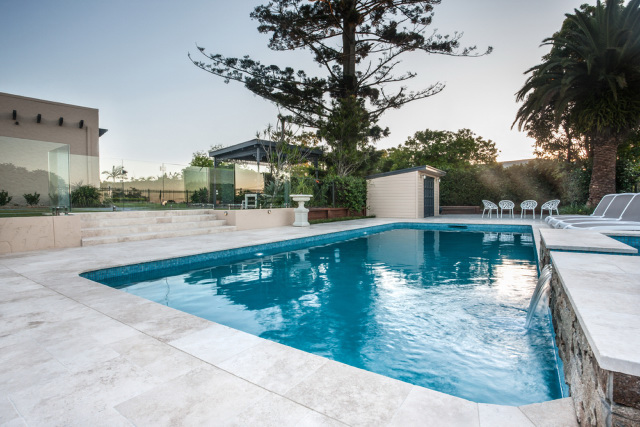
You can shock a mineral pool using chlorine or a non-chlorine shock. Both magnesium (magna) pools and mineral pools using copper and silver can be successfully shocked. However, the pool shouldn’t need shocking on an ongoing basis.
Let’s explore how you would go about finding out if you need to shock your pool, how to shock it, and what to use.
Article Contents
Two Types of Mineral Pools
Before we look further into shocking a mineral pool, be aware that there are multiple types of pools referred to as mineral pools. Two common types, often referred to as “mineral pools,” are:
- Magna or magnesium pool – uses magnesium chloride, potassium chloride, and sodium chloride (salt)
- Mineral pool – uses copper and silver
Magna (Magnesium) Pool
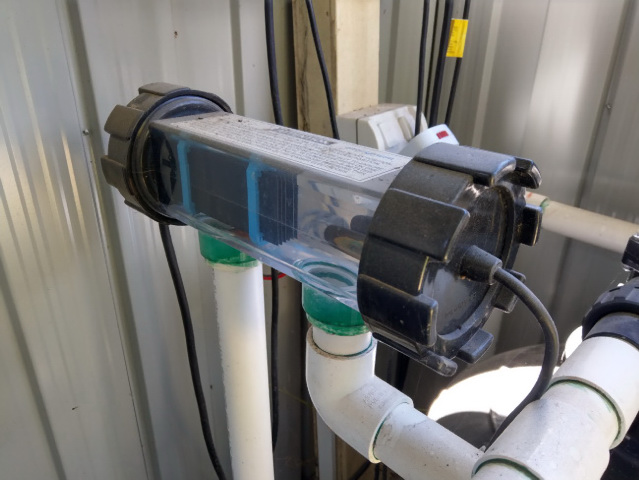
A magna or magnesium pool uses magnesium chloride, potassium chloride, and sodium chloride (salt) in the water to sanitize it. It uses a chlorinator (a saltwater chlorine generator), just like a salt pool, to convert minerals into chlorine. It still uses chlorine in the pool water to keep it clean and healthy. But it requires around 50% less chlorine than a standard chlorine pool due to all the minerals that are helping out.
Mineral pool (Copper & Silver)
The second type of mineral pool is a pool that primarily uses copper and silver to sanitize the water. These pools may or may not use an ionizer to sanitize the water. Sometimes these pools combine other sanitization systems with other systems like oxidization.
Again, usually, there is a small amount of chlorine in the water. Around 0.5 – 1 ppm.
Can You Shock a Mineral Pool With Chlorine?
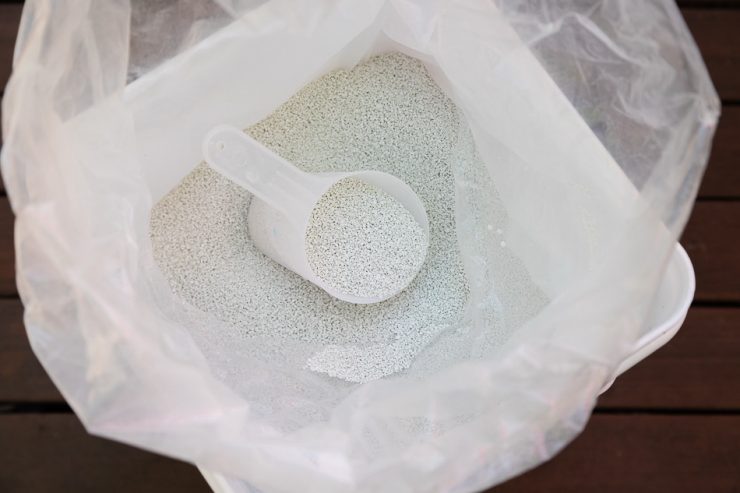
It is safe to shock a mineral pool with chlorine. Specifically, it is safe to shock a pool that uses copper and silver with a chlorine or non-chlorine pool shock.
But there is a caveat to that.
If you use too much shock and the chlorine levels are overly high, your pool water can turn green after shocking. This is due to the copper in the water oxidizing, like when a copper pot turns green.
A non-chlorine shock is usually the best type of pool shock.
Can You Shock a Magna or Magnesium Pool With Chlorine?
It is safe to shock a magnesium (magna) pool with chlorine pool shock. It’s also safe to shock it with non-chlorine shock.
There are different mineral pool manufacturers with different systems and technology, so be sure to follow the recommendations and instructions provided for the brand you have.
When Would You Shock a Mineral Pool?
Here are some common situations where you may consider shocking your mineral pool.
- If you have algae
- After rain or wind storms
- If the pool has been used a lot
- If the pool is particularly dirty or after opening
- As part of your weekly or monthly maintenance.
If you test your pool water and the free chlorine levels are too low (below 0.5 ppm) or you have algae, you can shock the mineral pool with chlorine or non-chlorine shock); however, the sanitization system should do most of the work, killing off the nasties in the water.
A non-chlorine shock is better to avoid over-chlorinating the pool and disrupting the mineral system, as only 0.5 – 1 ppm of free chlorine is needed.
Magnesium in the pool water can mask a chlorine reading, so it can take a couple of weeks to get an accurate reading after adding minerals to your pool. This does not mean your mineral pool is not sanitized – give it time before testing.
How To Shock a Mineral Pool
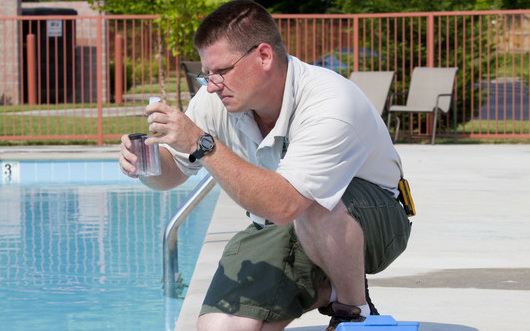
With mineral pools, generally, you don’t need to add chlorine manually. Instead, the chlorinator converts the minerals into small doses of chlorine and spreads it throughout the pool water. This electrolysis process means that you don’t need to shock your mineral pool in the same way you would a chlorine pool.
If it is your first time filling up and using the mineral pool, you can super-chlorinate it like a chlorine pool to set a residual level of chlorine. If this is the case, allow a few days for the chlorine levels to come down to 1 ppm before getting your mineral system set up.
Types of Pool Mineral Systems and How To Shock
There are a few different types of mineral systems for pools, and what one you are using is up to you. They all work fairly similarly. If you want to add chlorine or shock your mineral pool, here’s how to do it with the 3 main systems.
- Drop-In Mineral System (PoolRX)
PoolRX is a system to add minerals to your salt or chlorine pool. It’s a basket containing minerals placed inside the pump basket or skimmer. Using a system like this means you’ll generally need around 50% less chlorine.
You will still need to add chlorine or run the saltwater generator manually.
It’s recommended not to use calcium hypochlorite (cal-hypo) to shock the pool. Instead, use liquid chlorine (sodium hypochlorite/bleach).
- Inline Mineral System
Installed into the pool’s plumbing, the sanitizers are released consistently and slowly as water flows through the pipes and into your filtration system, affecting the pool water.
- Floating Mineral System
Most common with smaller pools, a floating device will float around the pool containing a cartridge of minerals, and some contain a spot for a chlorine tablet if you want to use one alongside the minerals.
With all of these systems, you can shock the pool normally. Here’s an article explaining how to shock your pool — How To Shock A Swimming Pool For Beginners (In 6 Easy Steps).
If you do shock the pool, wait at least 24 hours before re-testing the water and doing any swimming. Using less shock is also advisable if you have a pool that uses copper.
Do You Need To Shock a Mineral or Magnesium Pool?
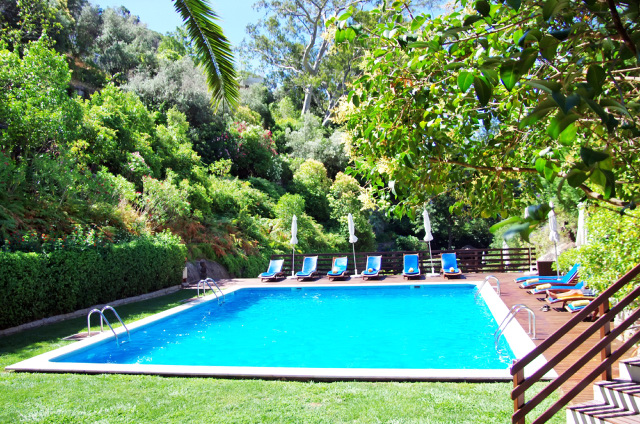
We’ve spoken about if you CAN shock a mineral or magna pool. By now, you should know that it is OK to do it. But do you HAVE to?
There is no NEED to specifically super-chlorinate (shock) a magnesium or mineral pool by adding in an excess amount of chlorine if your water is clear and free from algae.
It is still important to do regular pool maintenance and keep the chlorine and mineral levels balanced throughout the year.
This can include:
- Cleaning out debris
- Cleaning the filter
- Covering the pool
- Cleaning the pool walls
- Checking the pH, chlorine, and mineral levels once a week and rebalancing accordingly
If your mineral pool has been getting a lot of use recently or you notice signs that the pool is not sanitized, then you may add chlorine or minerals to the pool to increase the amount of free chlorine.
Overall, unless this is your first time setting up the pool or it has been left unmaintained throughout the winter, you shouldn’t need to shock the pool with chlorine like you would a chlorine pool. Simply, let the mineral systems feed minerals and chlorine into the pool water to keep it sanitized.

